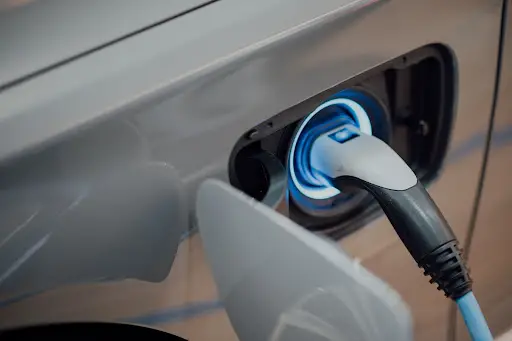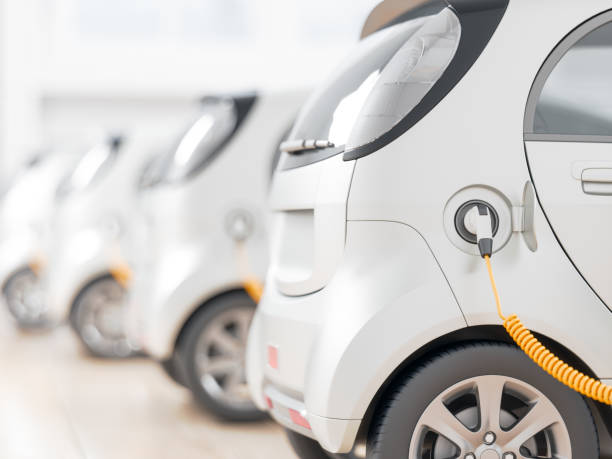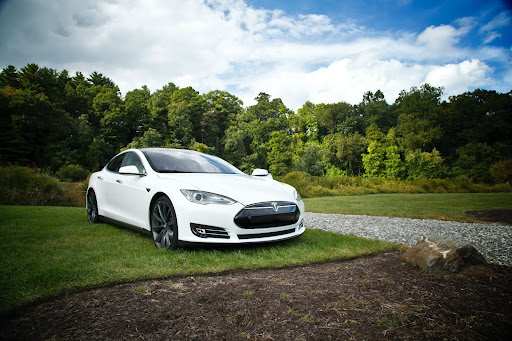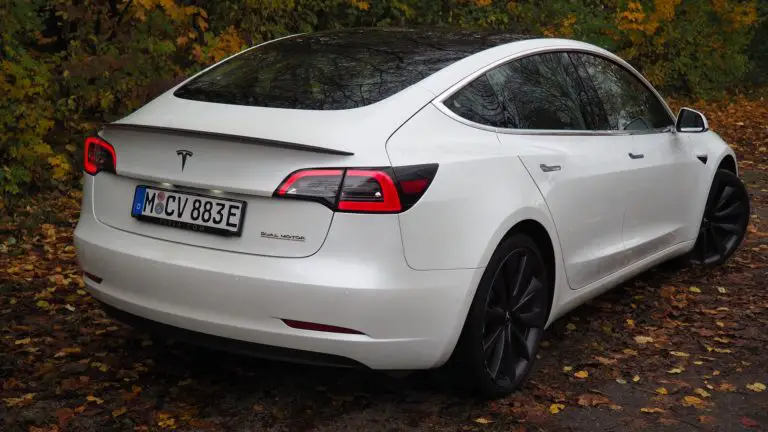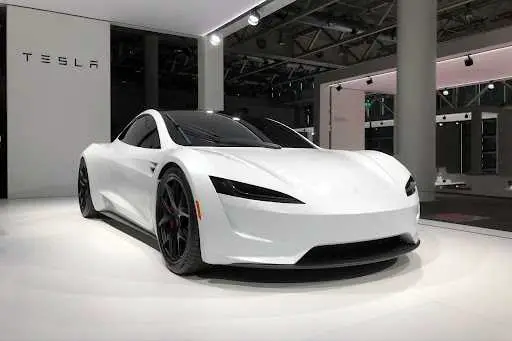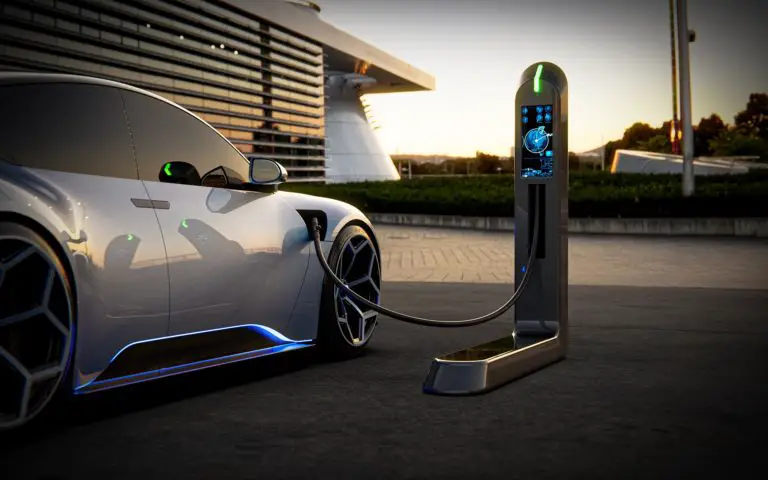Who Pays For Electric Car Charging Stations?
With the growing use of electric vehicles among car owners, many public facilities, business owners, and even employers are looking to install charging stations to reduce range anxiety. However, it’s a costly endeavor that not every business can afford. So, they may wonder who pays for these electric car charging stations.
The owner of the electric car charging station pays for most of the costs. They pay for infrastructure, chargers, cables, credit card readers, and other things. However, the government, public utilities, and manufacturers may also help pay some of these costs.
Read on to learn more about who pays for electric car charging stations and the electricity used in EVs and their reasons for doing so. Plus, the article will explore where this electricity comes from and how EV owners can charge their cars.
Table of Contents
- Different Methods of EV Charging
- Costs of Building Electric Charging Stations
- Factors Affecting EV Charging Costs
- Who Produces the Electricity for EVs?
- Final Thoughts
Different Methods of EV Charging
Charging up an electric vehicle is getting easier by the day to encourage more people to switch to electricity. Currently, EV owners can juice up their cars in different locations, including:
Home
The most convenient way of charging your car battery is through the wall outlets you install at home. It could be placed in your garage, yard, or any other place that’s convenient for you and safe for your car. You can leave the car to get recharged overnight or whenever you have enough time. Regardless of the brand, your EV comes with a typical cable that can connect to any wall outlet.
This kind of charging is called Level 1, using three-prong plugs and the standard 120-volt electricity. Since you can charge your car in the comfort of your home without needing to leave your home, it’s convenient but can take longer than other methods. Depending on the car model, you may need to spend up to 24 hours charging up your car.
However, home charging can be faster if you install a dedicated wall outlet with 240-V electricity. Also called level 2 charging, it can refuel your car in less than four hours. You’ll need to install an Electric Vehicle Supply Equipment (EVSE), which is a charging station similar to ones you’ll find in other public places like parking lots and car dealerships.
You don’t need a dedicated cable to use this charging method, and the cable for level 1 charging would suffice. In this case, you’ll need to pay an electrician to install the outlet for you.
Public Charging Stations
If you want to charge your car faster or your battery is dying, you can find a charging station at different public places. These include hotels, RV parks, malls, and even gas stations. More and more public facilities are joining the trend to offer charging stations.
They offer 480-V electricity and are much faster than the other two levels. If you charge up your car using this method (Level 3 charging), your charge will last much longer, increasing your EV’s range.
DC Fast charging can charge your car in about 30-60 minutes. These fast-charging stations include Tesla’s famous Supercharges, which can charge up your car in 15 minutes, and charging stations for other brands like Nissan and Ford.
You’ll need specific connectors for this kind of charging, based on the model of your car. For example, for Tesla, you’ll need the Tesla Connector System, and for other models, you’ll need a CHAdeMO or a Combined Charging System.
These fast-charging stations are constantly spreading across the US and the world, with Electrify America having over 500 charging stations and 2,200 chargers in the US. Each car manufacturer is trying to increase its reach in terms of the number of charging stations around the country, and Tesla has plans to let the owners of other brands use their Superchargers.
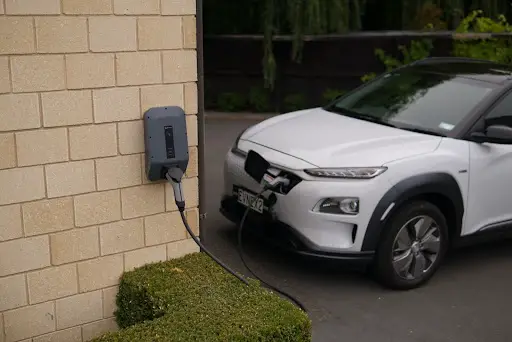
Costs of Building Electric Charging Stations
Building a commercial electric charging station can be costly. But if you want to install one in your home, you won’t need to pay a large upfront price. When you buy an EV, it most likely comes with an EVSE with its price built in the car’s price. You can simply plug it into a wall outlet and charge your car.
But many people decide to use this one as a portable EVSE and keep them in their cars for emergency situations. In this case, you’ll need a dedicated EVSE, and depending on the model, it can cost you anywhere between $300-$600. That’s in addition to installation costs that you should pay the electrician.
You should pay for this type of charging point but depending on your region, you may be reimbursed by the government or the manufacturer. For example, Tesla gives 30% tax credits to owners of home wall mounts.
Public Charging Stations
Building a public charging station will cost much more than a home outlet. You’ll need infrastructure, chargers, and the type of charging – whether it’s LEvel 2 or Level 3. Depending on the region and type of facility, Level 2 charging stations can cost between $2,500 and $5,000 while the cost for Level 3 charging stations is between $20,000 and $150,000.
They should also pay for cables, credit card readers, and electrical transformers, which can cost between $50,000 to $170,000.
That’s a large amount of money that may discourage public facilities to build one. However, they don’t need to pay all of the costs and can find many ways to shift the burden to other entities.
The government can pay for some part of this cost by giving the owners generous tax credits of up to 30% or $30,000.
Another way the government pays for these charging stations is through utilities. While utilities currently can’t own EV charging stations, they may accept to pay for some or all of these costs.
Although there are some other ways, like partnering with other commercial facilities, to pay for charging stations, the owner needs to pay for the charging facility. But they can find different ways to lower their costs.
However, if the charging station belongs to an EV manufacturer, like Tesla Superchargers, the costs are covered by the manufacturer and may make up for these costs by charging customers for using electricity.
Factors Affecting EV Charging Costs
The prices you pay for charging your EV depend on many factors: where you live, charging method, charging place, your EV brand, the time of day in terms of peak charges, and even the time of year.
The cheapest method is Level 1 charging done at home because you can charge it at night when the electricity prices are the lowest.
Even the state you live in can affect your charging costs. For example, if you live in New England, you’ll pay more than those living in Nevada or Colorado.
Level 2 and Level 3 charging methods are more expensive, with Level 3 being the most expensive. Plus, you’ll pay different prices depending on the public place you charge your car. Some stations offer free charging, while others charge you based on subscription plans or discounts to encourage EV purchase. Some charge you hourly, and some are based on kWh.
Some owners of DC fast chargers may give discounts to customers who have subscriptions or even those who pay on the go. Some governmental incentives give you free or lower charging rates to encourage homeowners to use Level 1 or Level 2 charging to charge their cars at home.
Some car manufacturers also give incentives to their new customers by giving them free charging for life or for a short period.
Therefore, all of these factors affect the price of electricity for EVs, and it’s not possible to give a fixed price per kWh or hour if charging. However, EVgo subscribers pay $0.25 for DC fast chargers.
If you use your home outlet, you should expect to pay 14 cents per kWh. So, if you drive 300 miles a month since most EVs use each kWh in 3 to 4 miles, you’ll go 100 kWh in a month. If you multiply 100 by 14 cents, you need to pay 14 dollars a month for your car’s electricity.
Who Produces the Electricity for EVs?
The electricity that powers your EV can come from various sources, determining who pays for the electricity. If you use home electricity, it comes from the grid, which means it comes from coal, gas, or nuclear energy. In addition to these primary sources, the US grid gets its power from renewable sources such as wind power, biomass, hydropower, and solar power.
Charging stations also use these power sources and the solar panels the owner has installed. This power source enables them to give larger discounts or even offer electricity for free. Based on these factors, the parties that pay for EV electricity include the following:
Car Owners
Although there are many incentives for EV buyers, not all the electricity used by EVs is free. No matter how much discount they use, car owners have to pay at least a percentage of the electricity. However, EV owners can look for ways to reduce their electricity cars by finding more affordable services.
Station Owners
More and more public places are jumping on the trend to attract more EV owners by offering charging points at their locations. They may even offer the electricity 100% free and pay for it themselves.
The main reason behind this generosity is that their income by attracting foot traffic to their locations is much more than what they pay for electricity. For example, if a hotel offers free charging points for its residents, it can attract more customers. The same applies to shopping malls, parking lots, and RV parks.
The money they pay for this electricity is much less than what they pay for other amenities like the AC electricity to run air conditioners or lighting. If you charge your car at a mall, you’ll have to wait at least 30 minutes until it gets fully charged. Meanwhile, you may decide to take a shopping mall tour and buy something, giving back to the mall owners.
Manufacturers
Electric Car manufacturers are another party that pays for the electricity used in EVs. They pay for the electricity and may get it back from the customers and use it as a source of income.
However, most EV manufacturers don’t charge their customers for electricity to encourage more people to purchase their cars. They may eventually build these costs into the car’s overall price or, like Tesla, sell their electricity to other brands to make up for the free electricity they give their customers.
Government
The local or federal governments also may shoulder some percentage of electricity costs to encourage more EV purchases. They even set up their own charging points and offer free electricity there. The local government may also subsidize electricity and sell it to charging points at lower prices to make it more affordable for end customers.
Final Thoughts
Setting up an EV charging station can benefit business owners by helping EV drivers reduce range anxiety and attract customers to their businesses. However, since this business is mostly privately-owned the station owner has to pay for all the building and equipping costs as well as the electricity they offer to the customers.
That said, they can reduce their costs by using tax credits or getting help from local utilities. The costs can be eventually covered by charging customers for the electricity they buy.
Amazon and the Amazon logo are trademarks of Amazon.com, Inc, or its affiliates.

